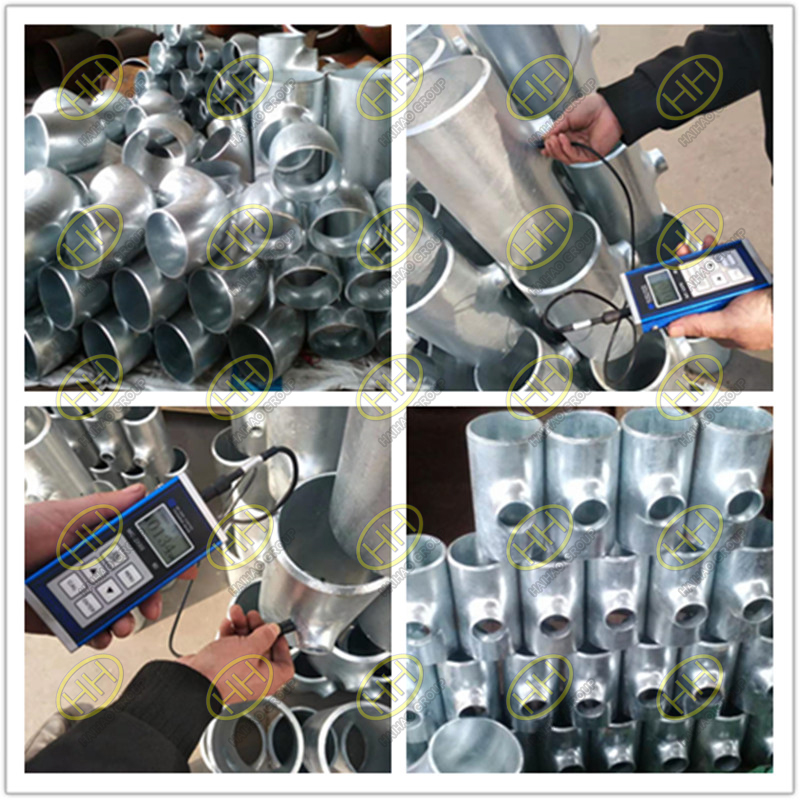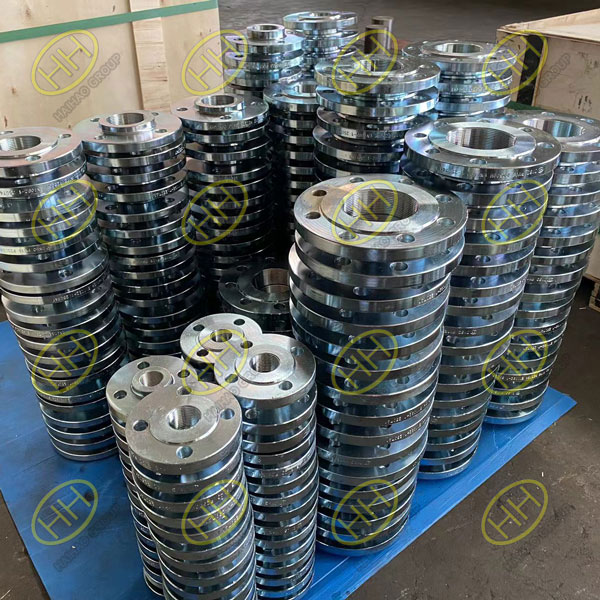Hot-Dip Galvanizing vs Cold Galvanizing: What’s the Difference and Which Should You Choose?
When it comes to corrosion protection for steel, galvanizing is one of the most effective and widely used methods. However, not all galvanizing processes are the same. The two most common types are hot-dip galvanizing and cold galvanizing (also known as electro-galvanizing). While both aim to protect metal from rust and corrosion, their processes, performance, and ideal applications differ significantly.

Hot dip Galvanized Pipe Fittings
What is hot-dip galvanizing?
Hot-dip galvanizing (HDG) is a process in which steel or iron components are dipped into a bath of molten zinc at temperatures around 450°C (842°F). As the metal reacts with the zinc, it forms a thick, metallurgically bonded zinc-iron alloy coating that provides robust protection against corrosion.
Key Features of Hot-Dip Galvanizing:
Thick, durable zinc coating (typically 40–80μm)
Excellent corrosion resistance, especially in harsh environments
Strong adhesion due to metallurgical bonding
Characteristic silver-gray or matte finish with visible zinc spangles
What is cold galvanizing?
Cold galvanizing, also called electro-galvanizing, is a method where zinc is applied to steel via electroplating at room temperature. This process uses an electric current in a zinc salt solution to deposit a thin layer of zinc on the surface of the metal.
Key Features of Cold Galvanizing:
Thin zinc coating (usually 5–15μm)
Smooth, bright, and aesthetically pleasing surface
Weaker corrosion resistance compared to HDG
Better suited for indoor or low-corrosion applications

Cold galvanizing threaded flanges
Key Differences Between Hot-Dip and Cold Galvanizing
| Feature | Hot-Dip Galvanizing | Cold Galvanizing |
| Process | Dipping in molten zinc | Electrochemical deposition |
| Temperature | High (~450°C) | Low/room temperature |
| Coating Thickness | Thick (40–80μm or more) | Thin (5–15μm) |
| Corrosion Resistance | Very high | Moderate to low |
| Adhesion | Excellent (metallurgical bond) | Lower (mechanical bond) |
| Surface Appearance | Dull, matte or spangled | Bright, smooth |
| Applications | Outdoor, marine, industrial, structural | Indoor, appliances, decorative |
| Cost | Higher upfront cost | Lower cost, shorter lifespan |
When to Use Each Method
Choose Hot-Dip Galvanizing if:
- Your project involves outdoor or marine environments
- Long-term corrosion resistance is critical
- Structural steel, bridges, or pipelines are involved
Choose Cold Galvanizing if:
- You need a smoother finish for aesthetic or indoor use
- The parts will not be exposed to aggressive environments
- You require a cost-effective solution for light-duty applications
Both hot-dip and cold galvanizing serve specific purposes in protecting steel products. The choice depends on the environment, budget, and desired durability. For long-lasting, rugged performance in harsh conditions, hot-dip galvanizing is the superior choice. For less demanding, indoor environments where appearance matters, cold galvanizing can be a practical alternative.
If you’re sourcing galvanized components and unsure which process best suits your needs, Haihao Group offers expert consultation and a wide range of galvanized steel products to meet global standards. Email:sales@haihaogroup.com

